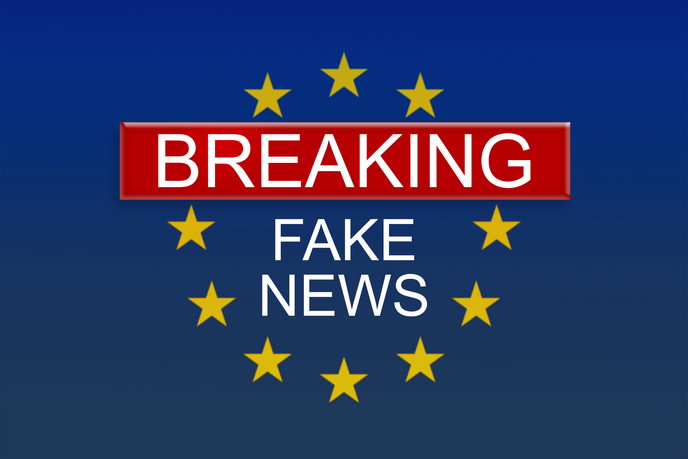The EU battle strategy against fake news, fighting the 4Ds that lead to doubt: CORDIS attends the 11th World Conference of Science Journalists
During the session ‘Fake-news in science. How to recognise and fight it’, Dr Riko Muranaka told her story of events after she questioned the claim that the vaccine against the human papillomavirus (HPV) could cause chronic pain and movement disorders. Evidence she used against Japanese neurologist Shuichi Ikeda revealed that only a single mouse had been vaccinated and the brain section showing damage did not belong to this mouse. After Dr Ikeda filed a libel case against Dr Muranaka, events took a sinister turn with her receiving threats and accusations that she was in the pockets of the vaccine-producing companies. Ironically, in November of that year, 2013, Dr Ikeda’s university cleared him of falsifying research data. However, he received criticism for only using a single mouse in the 'trial'. Public vaccine fears rise to the surface again to the detriment of human health Despite the Japanese health authorities claiming Dr Ikeda’s allegations were “very regrettable” and he had spread misunderstanding among the population, it has only taken 3 years to see Japan’s HPV vaccination rate slide from almost 80 % to less than 1 %. The result of a social media campaign and sensational coverage, this was further fuelled by the government’s hesitation to recommend the HPV vaccine. A drop in vaccine uptake for sexually active men and women has serious health implications. There are more than 100 strains of HPV, and more than 14 of these can cause cervical cancer. Despite the obvious benefits of vaccination, Dr Muranaka points out that the public are not sure of its safety due to the government’s stance and social media reports. EU mounts a concerted attack on disinformation Joining the discussion was Joe Lynam, a disinformation specialist and former business correspondent at the BBC. Working on the EU’s action plan against disinformation, he has honed his already all-embracing skills on fake news and its purveyors. Lynam commented that Dr Muranaka is referring to the “disinformation sink”. Hammering out the components of the tactics used by fake news pedlars, Lynam emphasised: “The 4 d’s are distort, distract, dismiss, dismay, and the most important fifth D is doubt.” Then, listing targets and victims of doubt, he stressed: “Doubt in our institutions, doubt in our governments, doubt in our journalists and doubt in science. And by sowing doubt, they confuse so the public organise into camps such as anti-vaxxers.” “One of the aspects of the EU plan is the Code of Practice whereby, for the first time ever, the big platforms, advertisers online, …Twitter, Facebook, agree to be bound by a set of rules to tackle disinformation,” he explained. This includes demonetisation of purveyors by adverts when the article is clearly a lie. He added that there will also be a registry of exactly who is doing the advertising. Visible support for Dr Muranaka has come from the 2017 John Maddox prize, awarded by the journal ‘Nature’, the Kohn Foundation and the charity Sense about Science, to people who promote science and evidence on matters of public interest. In the war against fake news, institutions such as the EU and individuals like Dr Muranaka continue to work against the demon of disinformation distributors.
Countries
Belgium



